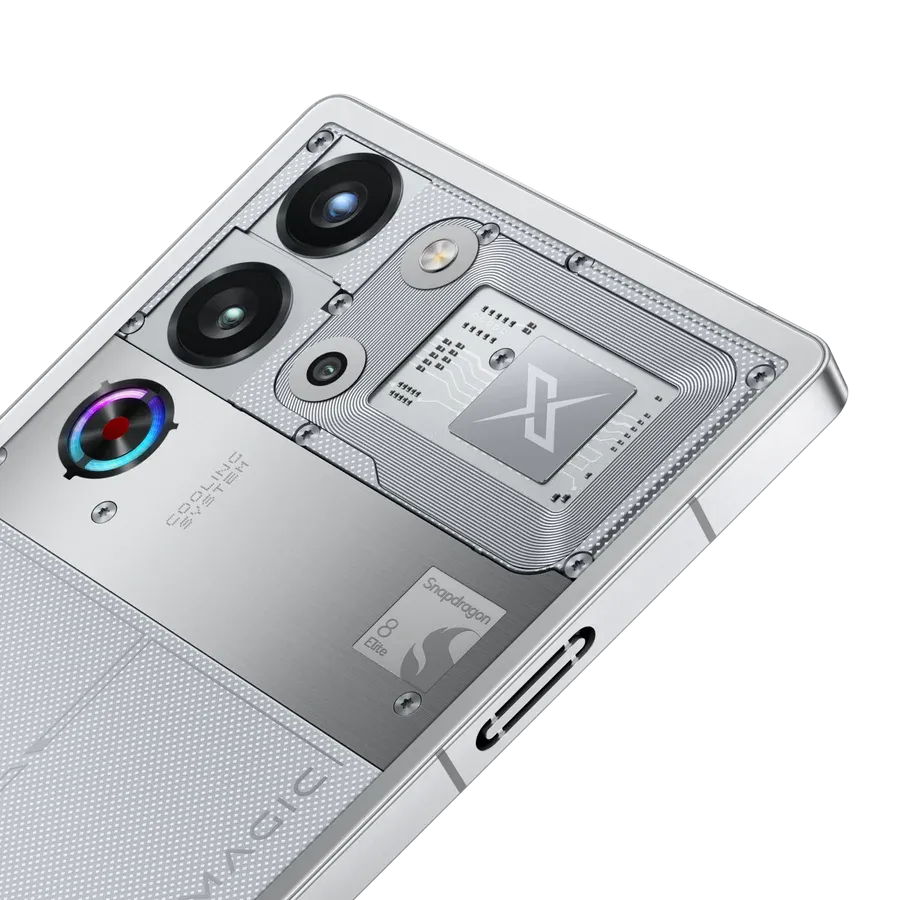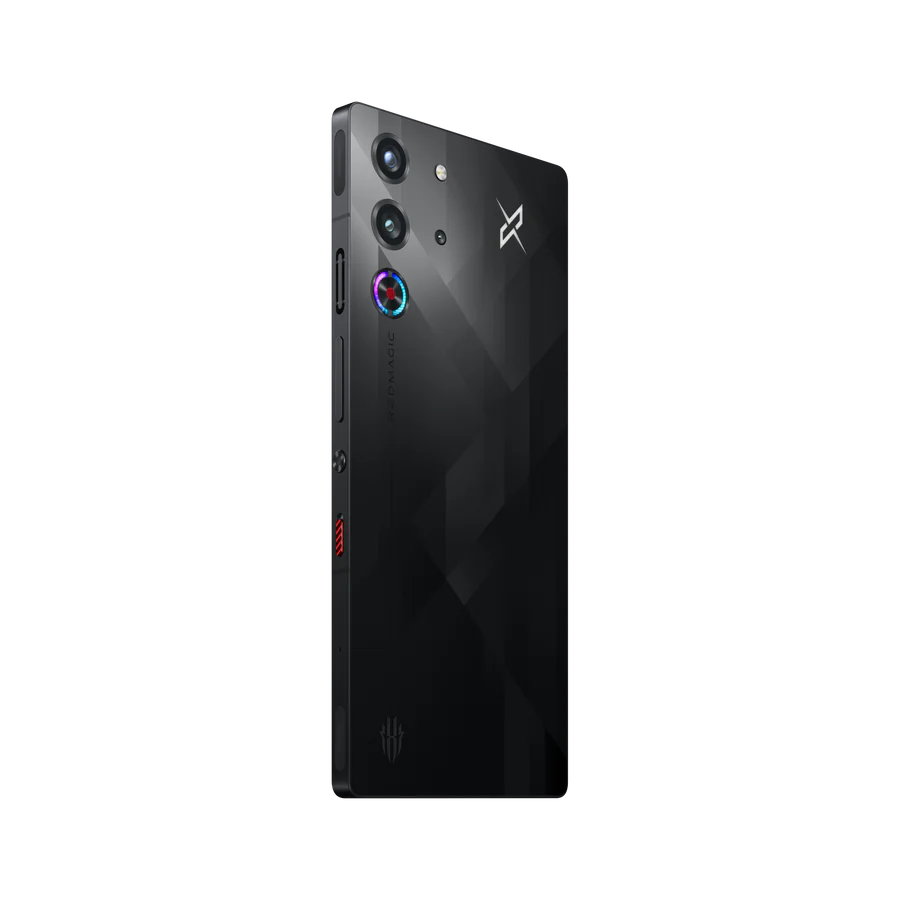
The Redmagic 10 Pro from ZTE’s Nubia brand is a wild contrast of excellent aesthetics, best-in-class specs, and surprising omissions that represent a departure from the leading phones in the U.S. market.
In our RedMagic 10 Pro review, we highlighted the "top-notch performance for a mid-market price, together with hugely impressive stamina."
But while it's ostensibly aimed at gamers on a budget, the phone is surprisingly adept at productivity tasks for professionals looking for a powerful phone for business.
Introducing the phone
The device leads with Qualcomm’s most advanced SoC, the Snapdragon 8 Elite, and adds 12 GB of RAM.
Its 6.85” display features a nearly border-free display with the industry’s highest screen-to-body ratio (over 95%), a surface uninterrupted by a notch or pinhole thanks to the device’s under-display camera. The device’s default back finish is a translucent design that darkens around the edge for an 3D-like optical effect.
While its bump-free rear camera array looks like Samsung’s (with three large circles and two small holes), one of the circles represents the very quiet fan, which kicks in during gameplay. It also includes illumination by default, which allows it to observe the device design commandment that thou shalt have LED lighting on thy gaming product.
The device’s screen refresh rate tops out at 144 Hz, faster than that supported by any Android game, but its slowest possible speed is 60 Hz, which is overkill for most productivity apps or certainly showing a photo.
While that taxes the battery, the device more than makes up for the limitation by including an over 7,000 mAh battery. That’s about twice the size of the capacity of the iPhone 15 Pro and 45% larger than that in the Samsung S25 Ultra.
Indeed, it’s about the highest-capacity smartphone battery you’ll find outside of the best rugged phones. And if that’s not enough, Redmagic has also released Dao, a 65-watt USB-C portable charger that can recharge via AC and includes a magnetically attached strap-like cable.
Unlike the smooth 10 Pro, the Dao’s industrial-themed design implies that it includes a removable cylindrical battery but does not. And also unlike the Redmagic Pro itself, it is offered for sale in the U.S.
Power to spare

The phone is so fast and powerful that there are no Android games that can cause it to break a sweat. This is in part because, unlike in the PC game markets, where developers aren’t shy about offering options that scale up to target the best from Nvidia, the smartphone game market relies heavily on offering advertising and in-app purchases to the broadest possible audience.
For example, while Gameloft’s Asphalt 9 always makes for an impressive visual demo, actually playing this game involves little skill in its default TouchDrive mode and weaves fleeting interludes of racing exhilaration into a fabric of nickel-and-dime pestering.
Furthermore, while the situation may improve now that Qualcomm is using its Orion CPU cores in phones in addition to laptops, today’s horsepower-havesting mobile games are more likely to appear on iOS because of the higher baseline of the installed base and Apple’s success in getting is users t to adopt its latest operating systems.
As for benchmarks, 3DMark essentially gives up the ghost, putting up a message that it has no tests that can really tax the device. But in all rankings, the Redmagic 10 Pro was listed either first or a tight second.
Beyond gaming, it’s no surprise that the Redmagic 10 Pro makes using Android 15 as smooth an experience as you’ll find. But for all its overwhelming specs, the phone includes a few throwbacks and omissions. There’s a headphone jack, but no support for Qi or eSIMs.
While the photo quality of under-display cameras continues to improve, they still lag behind that of cameras that don’t have to see through pixels. Even for those who don’t care much about selfies, the rear camera isn’t going to match the best from Apple or Samsung.
Camera concerns

That said, both cameras benefit from the rising image processing tide of Qualcomm’s imaging engine and the device takes pretty impressive low-light photos. There are a few bloatware apps and other UI annoyances, most of which can be deleted, disabled, or ignored.
And in an age where leading Android smartphone vendors are guaranteeing years of software update compatibility, Redmagic has committed only to one major OS upgrade and three years of security updates.
For at least a decade before AI became the focus of smartphone design (or at least marketing), photo and video quality were the most important differentiators for smartphone models. It’s still important, of course, but we are starting to reach the point of diminishing returns.
For example, many of Apple’s latest imaging features are designed for photography professionals and the most exciting imaging feature it touts these days is capturing spatial photos.
Optimizing for mobile gaming isn’t going to take over as the leading driver for many users; for them, the Redmagic 10 may just be a promising harbinger of what’s to come in more mainstream smartphones. But for those who are ready to take the leap, it can be a compelling everyday (and often more than a day) device today.
For more communication essentials, we've reviewed the best phones and the best business phone deals.







